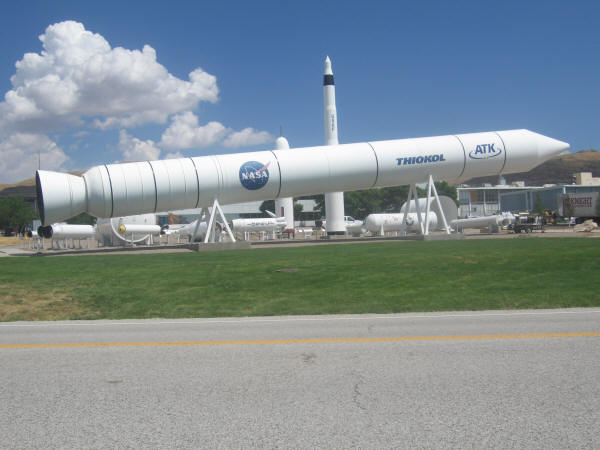|
Control and Prediction of Acoustic Instabilities in Large Combustors |
|
It is well known that combustion
chambers that favor high efficiencies and low emissions often
exhibit combustion instabilities. These instabilities arise due
to a regenerative coupling between chamber acoustics and thermal
fluctuations. Some instabilities appear as limit cycle
oscillations in the flow variables of basic propulsion and power
generation devices. Examples include rocket motors, ramjet
engines, gas turbines, preburners, afterburners (or augmentors), and
large industrial combustors. Our recent work has focused on
developing a comprehensive stability algorithm that can be used
as a diagnostic tool in the developmental stages of large
combustors. The newly developed algorithm is based on the latest
technological advances that suggest incorporating the effects of
acoustical, thermal and vortical waves into the energy equation.
|
